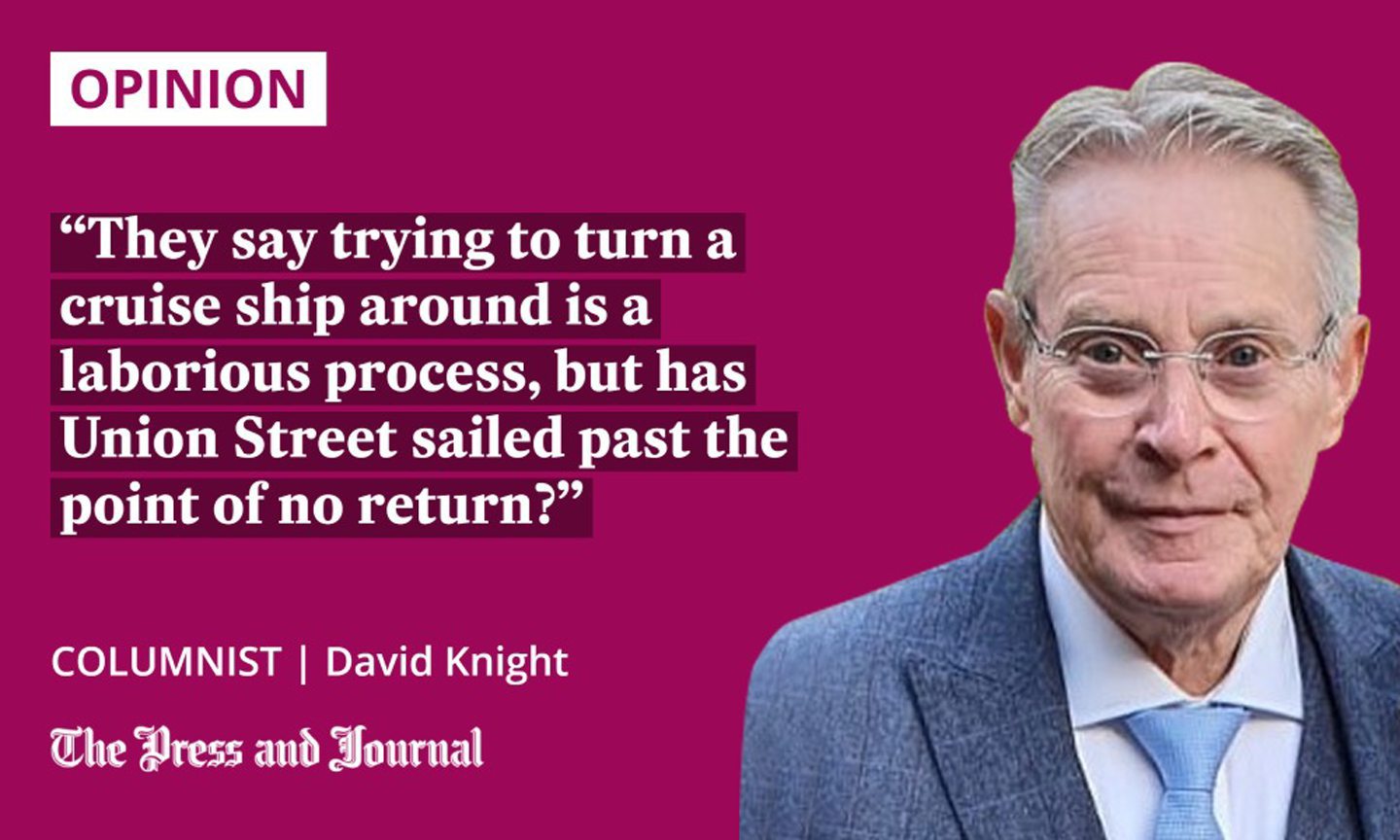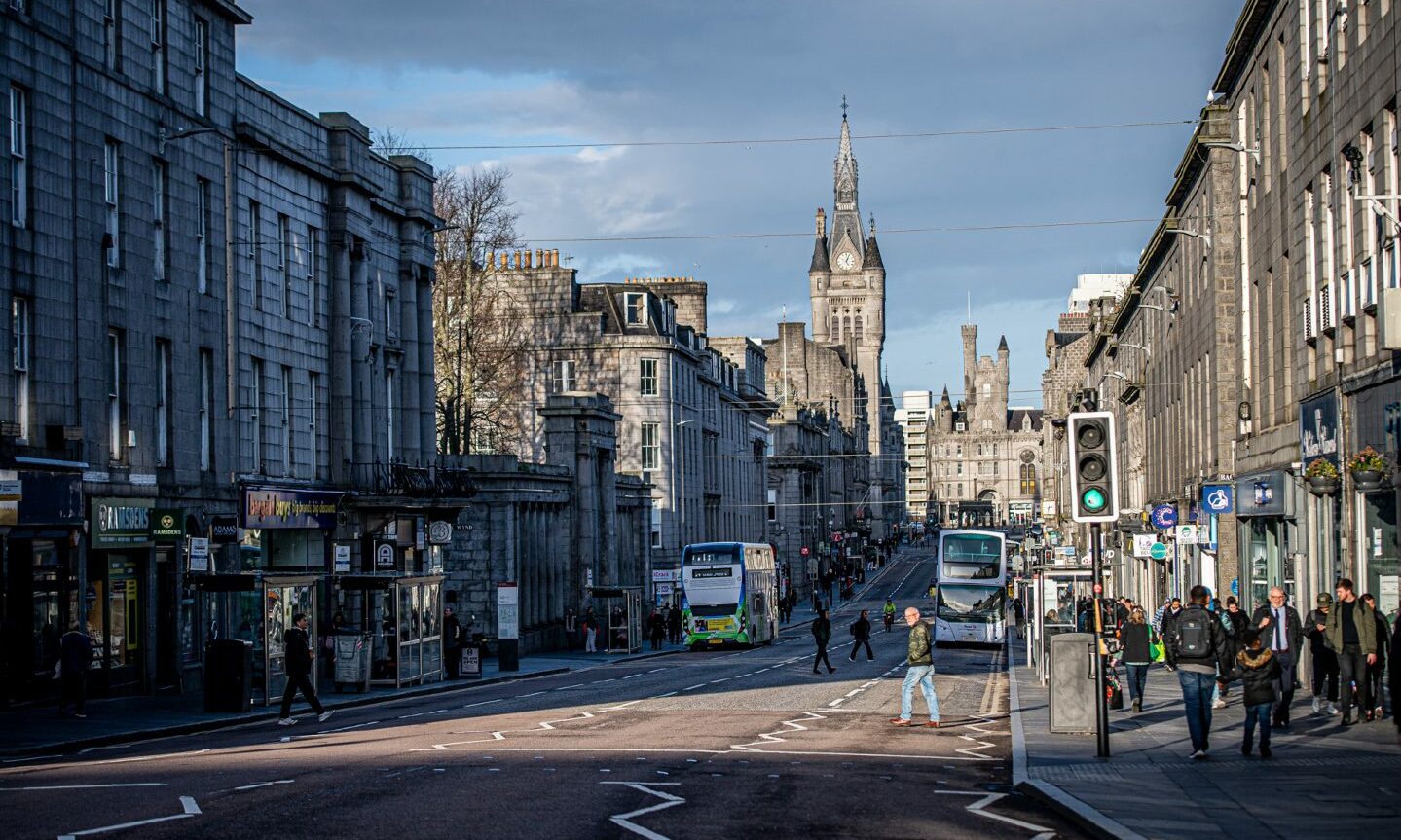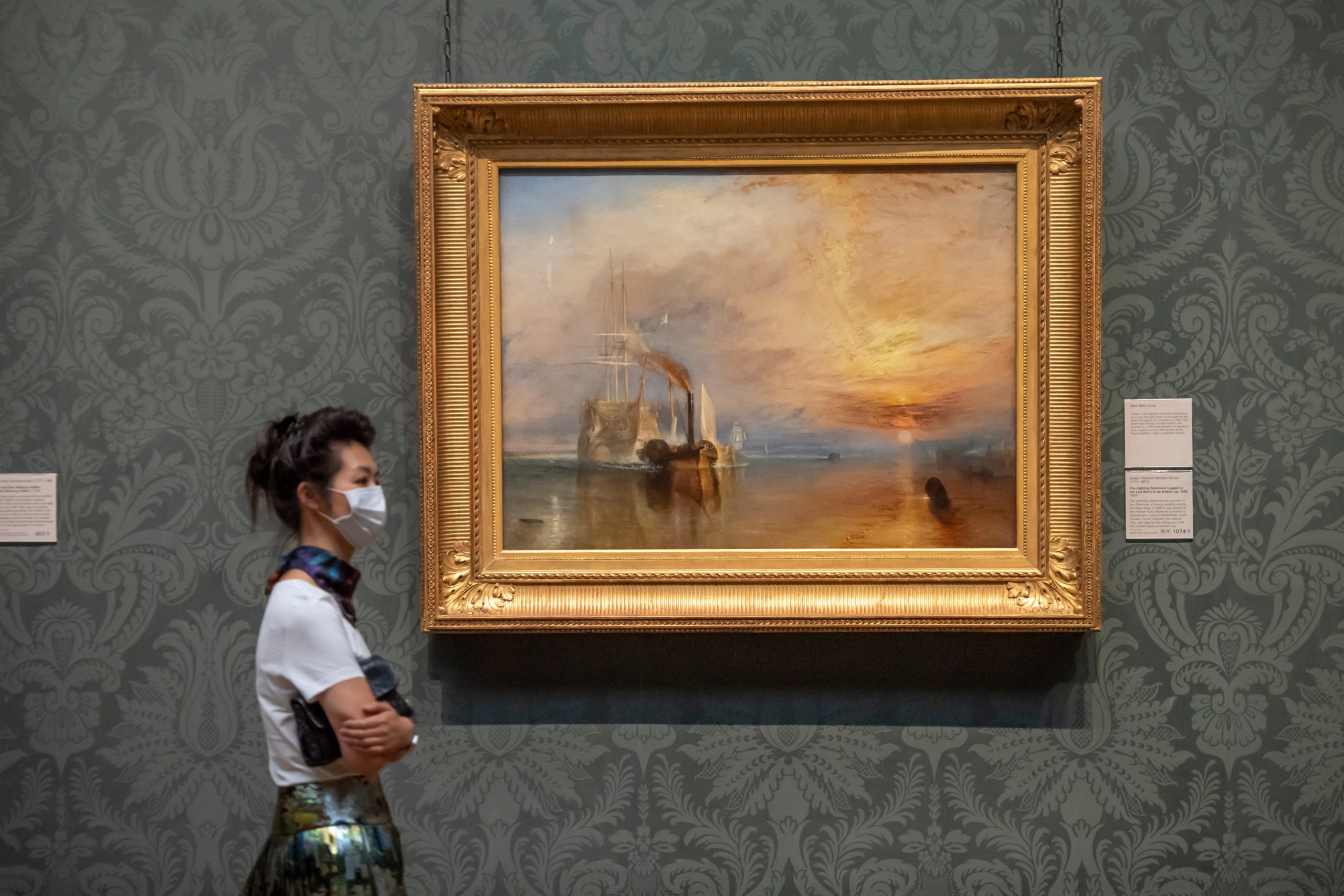Only my wife could go into a charity shop with her sights set on another fancy handbag for her collection – and come out with a Panama hat for me.
I appreciated it, nonetheless; I’ve always fancied a Panama hat for my holidays.
I don’t think my trusty, worn-out baseball cap suits me anymore, but I wear it to show off that it has Antigua sewn on the back. The cap says “Big Pineapple” on the front, so many observers might assume it was made with me in mind, even though it actually refers to an Antiguan beach.
I was sitting outside a nice cafe in a smart row of stores aimed at an upmarket crowd, so the charity shop seemed to receive some quality stuff.
The label said the Panama hat was handmade in Ecuador. Very impressive to an impressionable person like me.
A little online research led me to a startling discovery – for me, anyway – that all genuine Panamas actually come from Ecuador. They called them that in the old days because, after being crafted from particular Ecuadorian palm trees by skilled peasants, they were exported via the Panama Canal .
Unsurprisingly, they are not called Panama hats in Ecuador; “straw hats” will suffice, but it sounds better when said in Spanish.

I could see mine had the telltale swirling weave from crown to brim of a genuine Panama, thanks to my brief research.
They seem as popular as ever, especially in a hot spell at this time of year. You couldn’t help but notice that row upon row of gentlemen were sporting them in the toffs’ VIP area at Trooping the Colour for the King’s birthday parade.
King Charles, weighed down by an enormous bearskin, probably wished he was wearing one. So big that I couldn’t really tell from a distance via TV cameras that it was him under there; I wondered, at first glance, if he was using a stunt double.
There were plenty of Panamas on show all over the place during the same weekend; Wimbledon will be next. Hopefully, we’ll see many more on the heads of tourists disembarking from cruise liners which have started streaming into Aberdeen’s new expanded harbour.
The $64 question
Plenty of passengers have begun exploring the Granite City now that its inaugural cruise season is underway, but I’m not sure how many are taking their hats off in appreciation of what they see on the city’s streets. Especially after one cruise tourist commented, embarrassingly, that they thought Aberdeen street cleaners were on strike after stepping ashore recently.
A sobering thought for campaigning city leaders who are making another valiant attempt right now to revive the fortunes of Union Street. This former jewel in the crown now looks tired and tarnished after years of neglect.
They say trying to turn a cruise ship around is a laborious process, but has Union Street sailed past the point of no return? I hope not.
Just before the much-anticipated cruise season began, I predicted passengers would probably give the street a wide berth and move on quickly – unless they wished to linger in a bookies, a charity shop, or give something to the street beggars. But, give them their due: some have been pottering around the heart of the city, keen to explore its rich history and architecture.
The results of a mini-survey among some recent German visitors by intrepid P&J reporters were quite pleasing – in a restrained kind of way. They were politely positive, but maybe too polite?
I suppose the $64 question is: “Would you come back?”
Surely this is the last throw of the dice?
The new south harbour became a reality despite various challenges, and the cruise ships are proof of that. Yet, Union Street’s often-promised revival lags behind.
Spectacular Marischal Square would grace any city in the world, but the glitter must extend out into neighbouring Union Street, too, to provide a discernible, joined-up pattern for visitors.
This latest attempt to restore Union Street’s pride is surely the last throw of the dice before it really is too late to save.
My wife pulled out an English £20 note before heading into the charity shop. Adorning the back was a self-portrait of one of our most famous artists – JMW Turner. And, behind him, was my all-time favourite painting, his The Fighting Temeraire.
HMS Temeraire sailed into a special place in the hearts of the British public after courageously rescuing Admiral Nelson’s HMS Victory from annihilation at the Battle of Trafalgar, before he perished later.
Turner painted the warship as tearful crowds watched the sad, stripped-down hulk being towed away by a tug to be scrapped. But he displayed Temeraire as a ghostly mirage, in all of its past magnificence.
If Turner painted Union Street today, would it be as it is now – or covered in past glory we all long for?
David Knight is the long-serving former deputy editor of The Press and Journal


